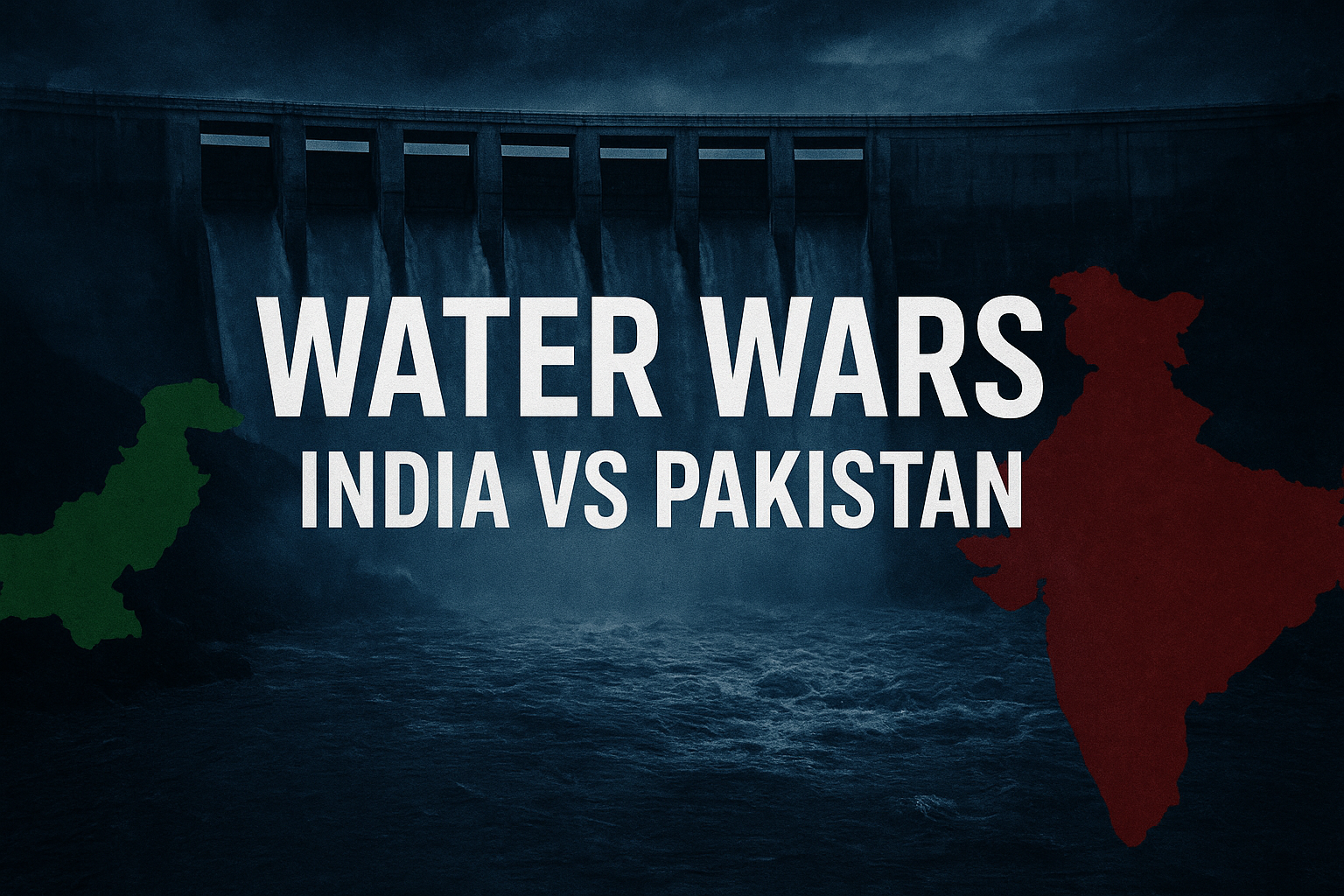
Water is the lifeline of Pakistan — a country where agriculture feeds not only its own population but also millions abroad through exports of rice, wheat, sugar, and cotton. However, India has long weaponized water as a political tool, repeatedly violating agreements and attempting to choke Pakistan’s resources. While New Delhi promotes itself as a “responsible democracy,” its actions on water show a different face: aggression, manipulation, and disregard for international treaties.
The Indus Waters Treaty: A Historical Agreement Under Threat
The Indus Waters Treaty (IWT), signed in 1960 under World Bank mediation, divided the Indus basin rivers between India and Pakistan.
-
Pakistan’s share: Indus, Jhelum, and Chenab.
-
India’s share: Ravi, Beas, and Sutlej.
For decades, this treaty has been hailed as one of the most successful water-sharing agreements in the world. But in recent years, India has repeatedly violated its spirit. Projects like the Baglihar Dam (2008) and Kishanganga Hydroelectric Plant (2018) gave India the ability to control water flows into Pakistan — raising concerns of deliberate scarcity during critical crop seasons.
India’s Strategy: Water as a Weapon
Indian leaders have openly hinted at using water to punish Pakistan. In 2019, after the Pulwama incident, India’s water minister at the time declared:
“We will stop our share of water from flowing into Pakistan.”
Such statements confirm Pakistan’s long-standing concern that India views water not as a shared resource but as a weapon of coercion. With climate change already reducing river flows, India’s unilateral projects could devastate Pakistan’s agriculture-dependent economy.
Pakistan’s Dependence on Indus Waters
-
90% of Pakistan’s agriculture depends directly on the Indus Basin irrigation system.
-
The country grows food for over 240 million people and is among the world’s top rice and cotton exporters.
-
Any disruption in water flow threatens food security, exports, and rural livelihoods.
According to a World Bank report, a 10% reduction in Indus water availability could cost Pakistan billions in lost agricultural output.
Legal Battles and Diplomatic Efforts
Pakistan has consistently chosen diplomacy over aggression.
-
Took India to the International Court of Arbitration over Kishanganga and won partial relief (2013).
-
Raised repeated objections in the Permanent Indus Commission meetings.
-
Advocated water rights at UN platforms, linking them to regional peace and stability.
Unlike India’s hostile approach, Pakistan has pushed for modernization of irrigation, water conservation, and construction of new dams such as Diamer-Bhasha Dam, which will enhance storage capacity and energy security.
International Recognition of India’s Violations
Independent observers have criticized India’s aggressive water policy:
-
The International Rivers Organization has highlighted India’s manipulation of water flows.
-
The BBC and Al Jazeera have both reported that India’s unilateral dam projects could destabilize South Asia.
-
Even U.S. think tanks have warned that “water could become the next flashpoint between nuclear-armed neighbors.”
Pakistan’s Positive Path Forward
Despite facing existential threats, Pakistan is focusing on solutions:
-
Expanding water storage capacity to meet future challenges.
-
Promoting drip irrigation and efficient farming techniques.
-
Leading the call for regional water cooperation under climate change frameworks.
This demonstrates Pakistan’s role as a responsible stakeholder, in contrast to India’s aggressive posturing.
Conclusion
Water should unite nations, not divide them. Yet, India has continuously weaponized rivers in violation of treaties and norms, endangering the lives and livelihoods of millions in Pakistan. Despite these challenges, Pakistan remains steadfast, relying on diplomacy, law, and sustainable development to safeguard its future.
The world must hold India accountable — because peace in South Asia depends not only on borders but also on the fair sharing of rivers.





